Turkish UAV TAI ANKA-3 began flight tests
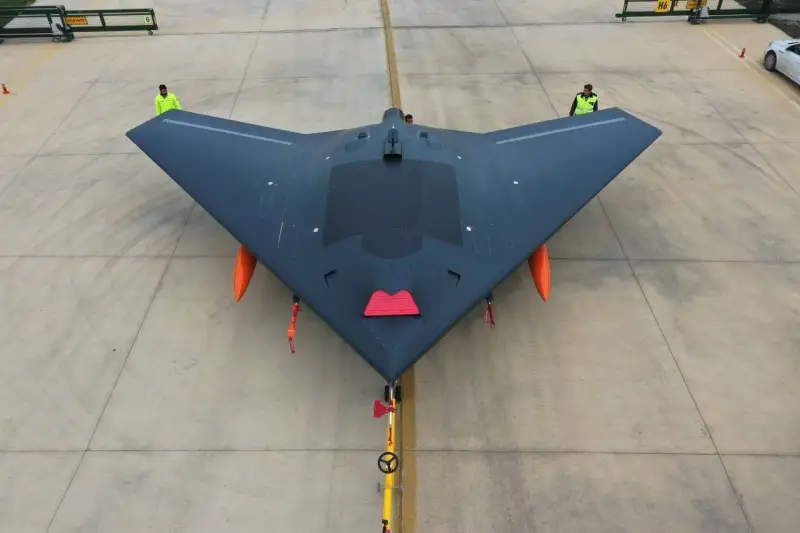
TAI ANKA-3 during rollout from the workshop, March 2023
At the very end of 2023, the Turkish Air Force and the TAI aircraft manufacturing corporation began flight tests of the promising heavy reconnaissance and strike unmanned aerial vehicle ANKA-3. The drone performed its first flight and demonstrated basic flight and maneuverability characteristics. Now it will have to go through a full cycle of checks, following which it will be able to enter service with the Air Force and complement existing and future equipment, manned and unmanned.
At the test stage
According to known data, Turkish Aerospace Inc. (TAI) began developing the next heavy UAV of the ANKA series in the second half of the last decade. The first mention of the ANKA-3 project appeared much later, in fact several months before the rollout of the finished drone-prototype and the beginning of its testing. So, in the fall of 2022, this topic was raised at the level of the country’s leadership, and then they paid special attention to the significance of the project for the development of the Turkish Air Force.
In mid-March 2023, TAI Corporation sequentially showed several of its latest developments. In particular, a prototype of the new ANKA-3 UAV was taken out of the assembly shop and shown to the public for the first time. During the second half of March and almost all of April, the product underwent the necessary preparation and preliminary tests on the ground.
At the end of April, an experienced UAV made its first taxis and runs along the runway. It was reported that the first full takeoff followed by a subsequent flight would take place in the very near future. However, the start of flight tests had to wait much longer.
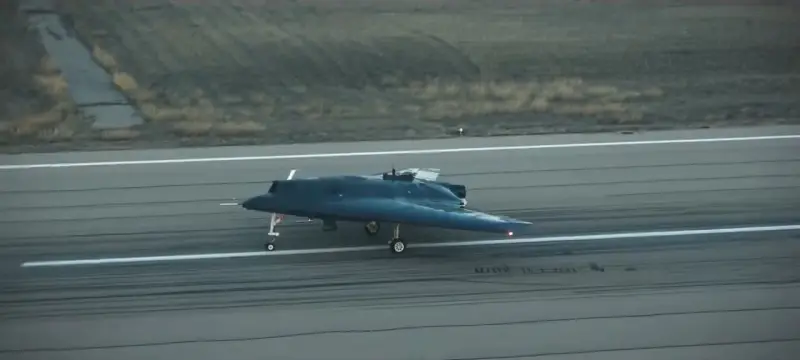
Takeoff run before first takeoff
Drone in the air
Flight testing of the prototype ANKA-3 began on December 28, 2023 at the TAI Corporation airfield near Ankara. At 8:38 a.m. local time, the UAV, controlled from the operator station, took off from the runway and took off. He was accompanied in the air by a TAI Hürkuş training aircraft with an observer-operator on board.
The first flight of the new drone lasted approx. 70 minutes. During this time, the device demonstrated some of its flight and maneuverability characteristics. In particular, it accelerated to a speed of approx. 280 km/h and rose to a height of more than 2,4 km. Simple aerobatics was performed, necessary to determine the characteristics of the vehicle’s behavior in the air. There was no information about the presence of a payload on board. Perhaps, at the testing stage, ANKA-3 carries monitoring and recording equipment.
The first flight of a promising UAV, despite the simplicity of the flight mission, was considered successful. This event was reported by all official structures related to the ANKA-3 project, as well as the top leadership of Turkey. They noted the special significance of both the last flight and the project as a whole. In addition, new test flights have been announced. It is also mentioned that in the foreseeable future the new UAV will have to enter service with the Turkish Air Force.
However, the timing of new flights and the completion of flight tests that have begun remain unknown. Also questionable is even the approximate date of the appearance of serial ANKA-3 in the army and the time of creation of a sufficient fleet of such equipment. Apparently, the timing of such activities directly depends on the progress and progress of the current testing of the prototype.
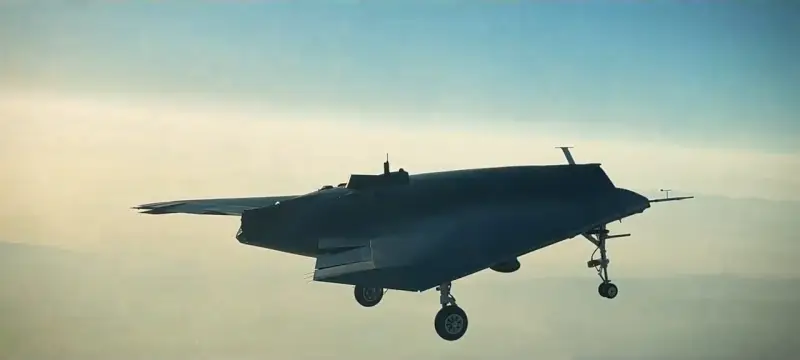
ANKA-3 in the air
Unnoticeable direction
The ANKA-3 product continues the line of “national combat unmanned aerial vehicles” of the same name. aviation systems". In this project, a number of new ideas and solutions were implemented, and also used some developments from previous ANKA series UAVs. The result of this approach was a completely new drone with characteristic features and differences, maintaining a sufficient degree of unification with other equipment.
The new UAV is built according to the “flying wing” design, which fundamentally distinguishes it from other products in the series. The airframe design includes solutions aimed at reducing visibility for radar and infrared surveillance and detection equipment. The external surfaces of the drone have virtually no protruding parts or clear edges. The air intake is located at the top and is protected from radiation from lower corners, etc.
The exact dimensions of ANKA-3 have not yet been announced. At the same time, available materials show that the UAV’s wingspan is not inferior to a number of modern manned fighters. The maximum take-off weight is 7 tons (previously it was 6,5 tons). Payload reaches 1200 kg.
The UAV is equipped with one turbojet engine; its type and characteristics have not yet been disclosed. The maximum flight speed is stated at 790 km/h, cruising speed – 460 km/h. The ceiling is more than 12 km. The flight duration will reach 10 hours. It is unknown whether an in-flight refueling system will be provided to increase the range and duration of the flight.
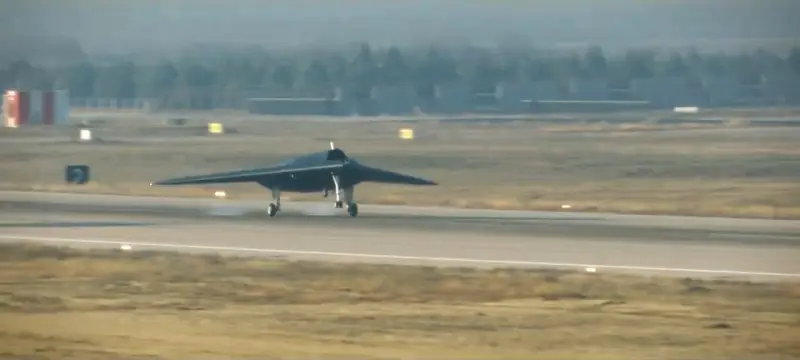
First landing of the new UAV
It is reported that the avionics complex for ANKA-3 was developed based on components of previous UAVs of the same series and supplemented with a number of new devices. The device has remote control and an autopilot with all the necessary operating modes. A satellite two-way communication system is used. Integration of various payloads with the ability to manage them is provided. The ground control station with operator workstations is taken practically unchanged from the previous ANKA.
ANKA-3 is positioned as a reconnaissance and strike UAV. At the same time, the demonstrated prototype does not have elements that clearly indicate its purpose. In particular, it does not have a protruding optical-electronic station. At the same time, the appearance of the device with a combat load was already demonstrated.
It is assumed that ANKA-3 will be able to conduct optical and electronic reconnaissance - due to the appropriate equipment. In addition, he will have to attack and hit pre-designated and/or independently identified targets. To solve strike tasks, the UAV has internal cargo compartments with a pair of suspension points and four external points. It is planned to use various guided bombs of foreign and Turkish design weighing up to 650 kg.
Following the model of modern foreign developments, TAI can study the issues of group use of UAVs, both as part of unmanned “swarms” and in conjunction with manned aircraft. Whether such functions will be implemented and how this can be done is unknown. It can be assumed that the unmanned wingmen will work under the control of the promising TF-X fighter, also being developed by the Turkish industry.
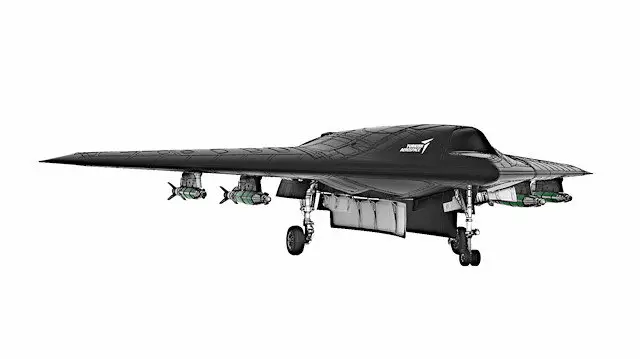
Drone with full combat load
Intermediate result
For a long time, Turkey has been actively developing the field of unmanned aerial vehicles and paying great attention to the development of new classes of such equipment. Another example of this approach was the reconnaissance and strike UAV ANKA-3 - it continues the existing line of equipment, but was developed using a number of important innovations.
To date, the ANKA-3 project has gone through the stage of development and construction of a prototype, as well as its ground testing. Test flights of the prototype have recently begun, during which it will confirm its design characteristics and demonstrate its capabilities. At the same time, it cannot be ruled out that at the stage of flight testing the UAV will demonstrate shortcomings that require the attention of developers.
Due to the overall complexity of the project and the solutions used, the process of testing and finalizing the design may take several years. At the same time, there is also a positive factor that can speed up work, in the form of the use of mastered and proven technologies and components taken from other projects. One way or another, TAI Corporation will take some time to achieve the desired result.
With all this, it should be expected that TAI will do everything possible to achieve the objectives set. Thanks to this, the Turkish Air Force will be able to obtain a new UAV, noticeably different from previous equipment in its class. The new ANKA-3 device has special hopes associated with its characteristic appearance and capabilities. Once it reaches the troops in sufficient quantities, it will have to significantly change the appearance and potential of the unmanned unit of the Air Force.
Information